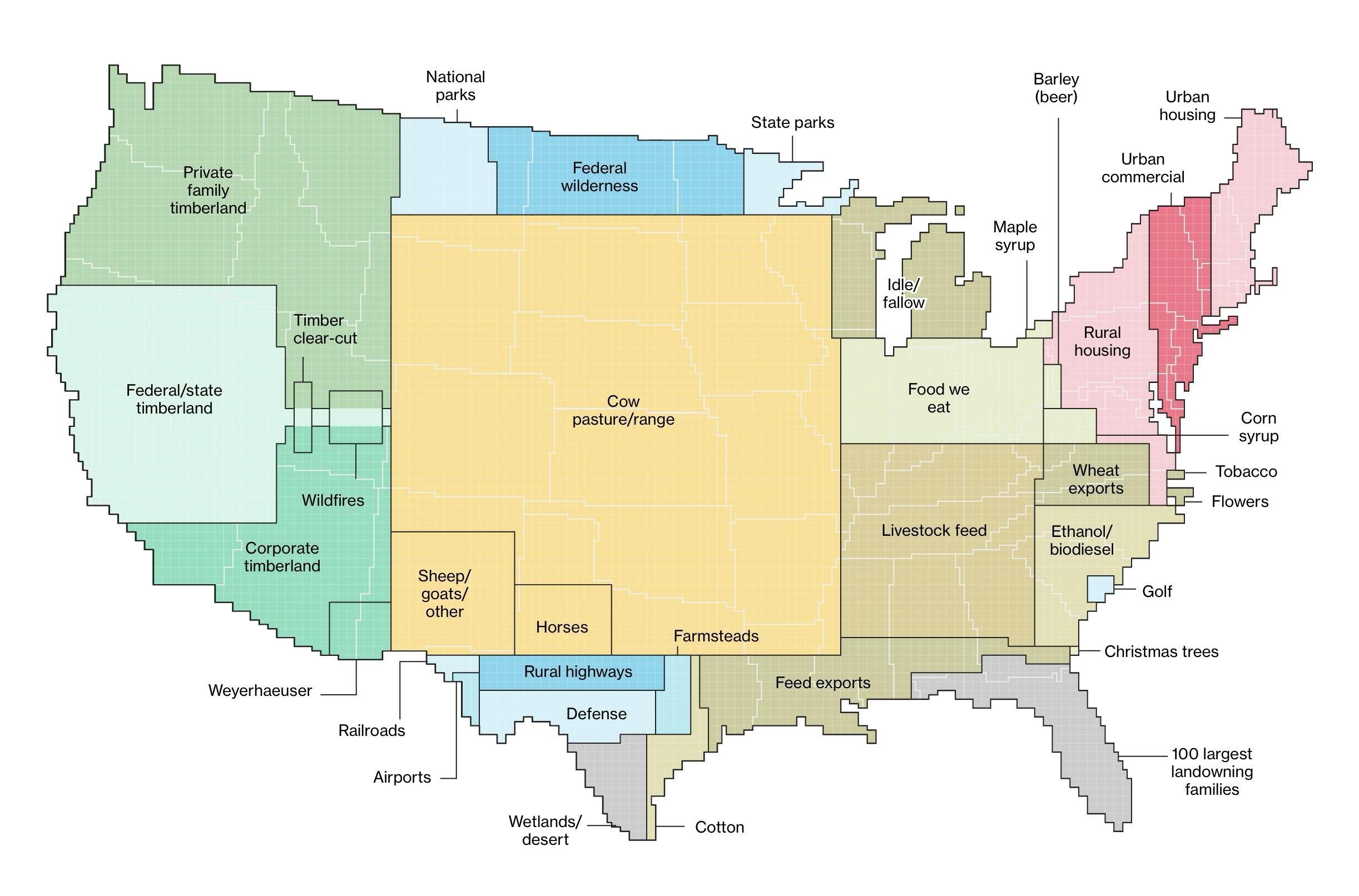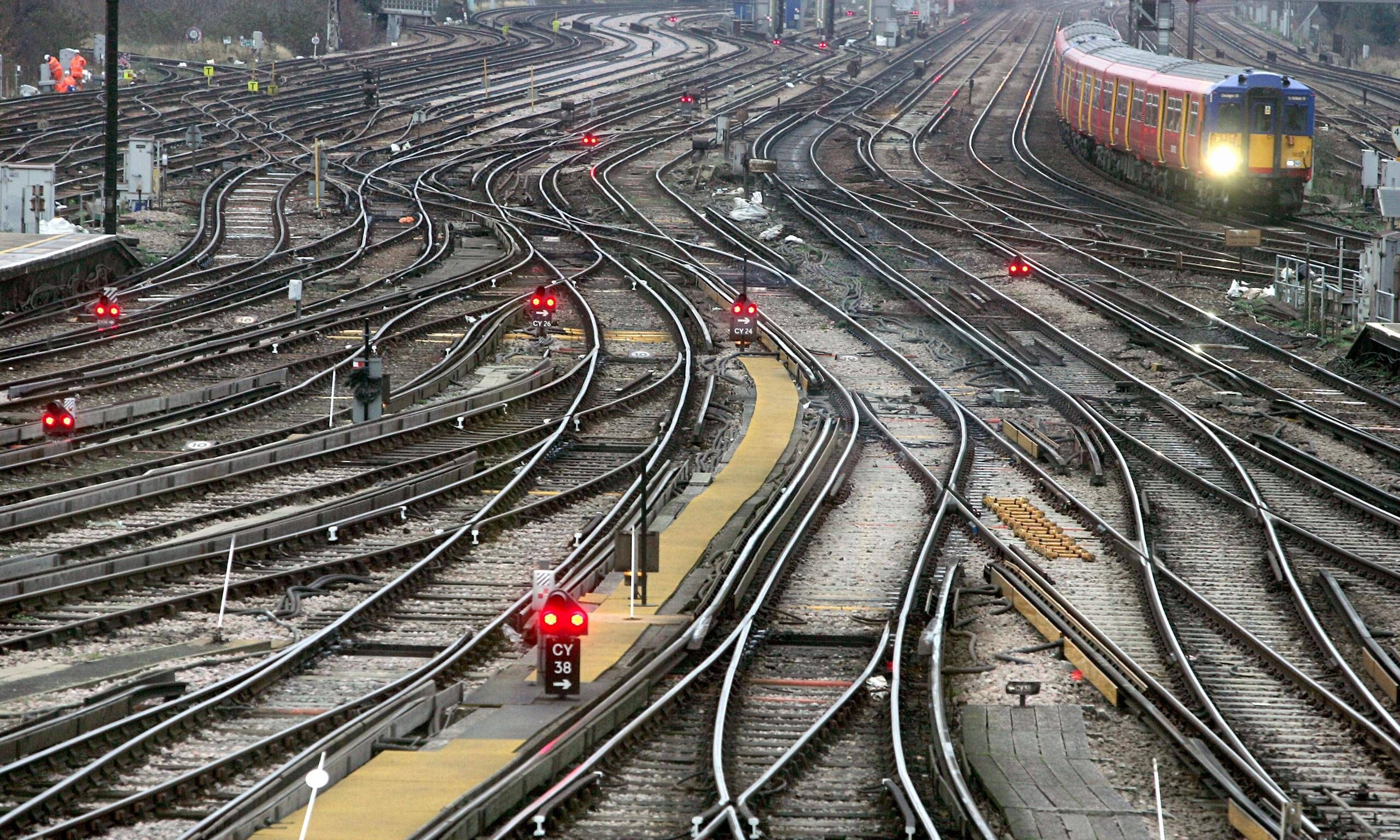Remember, not all land is the same. Some is too dry to grow human food. Some too wet. There are also other things that land is either too or not enough.
Data Is Beautiful
A place to share and discuss data visualizations. #dataviz
And people will still say that the meat/dairy industry aren't a plague
I have certainly heard of Weyerhauser, but had no idea they were that big. They're the only 'individual' owner shown. The land-owning families is odd as I'm sure it overlaps a lot with pasture and private timberland.
I would love to flip the railroad usage and cow pasture usage.
Also, mfs drinking too much corn syrup.
God I miss living in the west.
Very interesting! Now do one for EU, please.
Why do they keep allocating land to wildfires if they're so destructive? /s
and somebody owns every square inch of it.
Can't figure out why the 100 largest landowning families aren't using their land for any of the other reasons. Surely some of them are having it farmed for them too?
OIL. There's a LOT of land that might be considered cow/grazing but won't really grow anything worth it. See West Texas.
Swamps don't make good farms, but some people try to farm in FL, it's just inefficient and heavily pollutes or eliminates wetlands
Golf is way too big, imo. No other sport even makes the list here.
Maybe we can combine it with "wildfires".
It's quite interesting that "rural highways" is one of the categories identified, but not any other sort of improved road. The data source has a base granularity where one square is 250,000 acres (~100,000 hectares), and then additional state data is factored in for increased precision. It supposingly being USDA data, they might primarily care only about those highways used to connect farms to the national markets.
That said, I would be keenly interested in the land used for low-volume, residential streets that support suburban and rural sprawl, in comparison to streets in urban areas. Unlike highways which provides fast connectivity, and unlike dense urban-core streets that produce value by hosting local businesses and serving local residents, suburban streets take up space, intentional break connectivity (ie cul de sacs), return very little in value to anyone except to the adjacent homeowners, essentially as extensions of their privately-owned driveways.
It may very well be in USDA's interest to collect data on suburban sprawl, as much of the land taken for such developments was perfectly good, arable land.
I love this visualization and for some reason your comment made me also wish we had this data correlated with the water usage for each land use category.
"Wildfires" is a surprisingly large area. I wonder what the 2025 area for it is.
Do we not eat any of the cows?
Vegans and ecologists have been talking about this exact issue for a while now
literally decades. lots of talk around the conditions that bring new pandemics too.
It simply takes a loooot of food to produce 1kg of beef
I expect a substantial portion of that cow pasture/range land is dry grasslands and shrub steppe out west. It's rough terrain and not good for much else. A lot of it doesn't even have cows on it most of the time.

